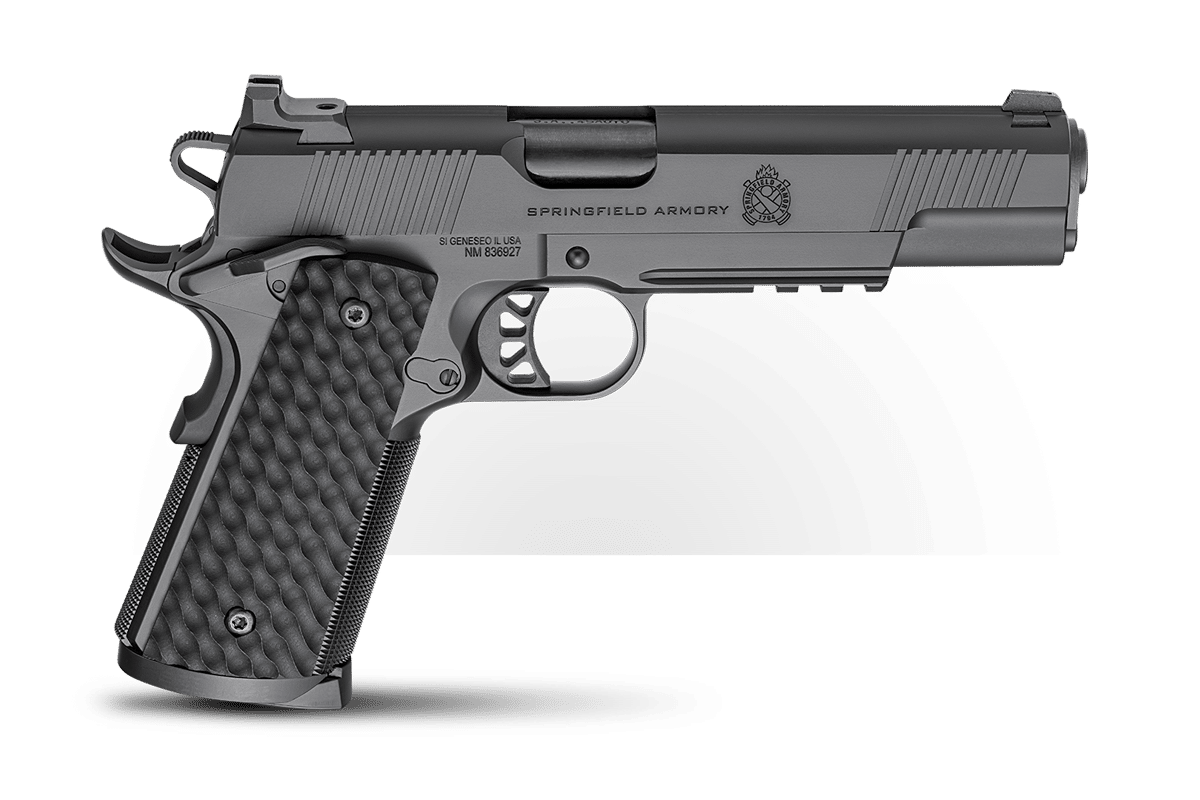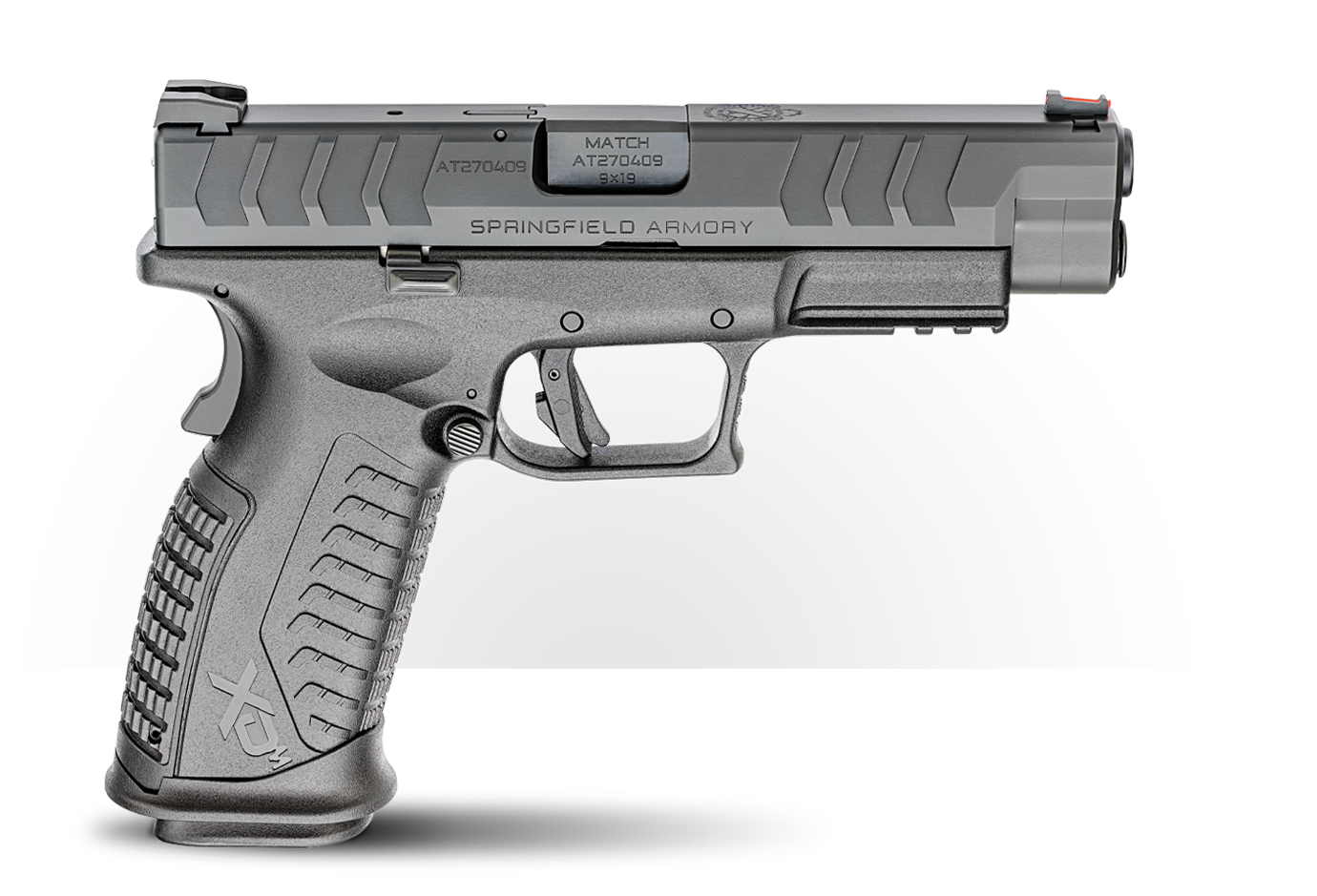D&L Sports .45 ACP GSP Ammunition Review
October 22nd, 2023
6 minute read
Dave Lauck from D&L Sports has developed a promising all-purpose .45 ACP load. His goal was to market a round that offered the reliability of FMJ round nose with better terminal performance. It needed to be controllable and ballistically efficient; it had to penetrate adequately. So, did he succeed?
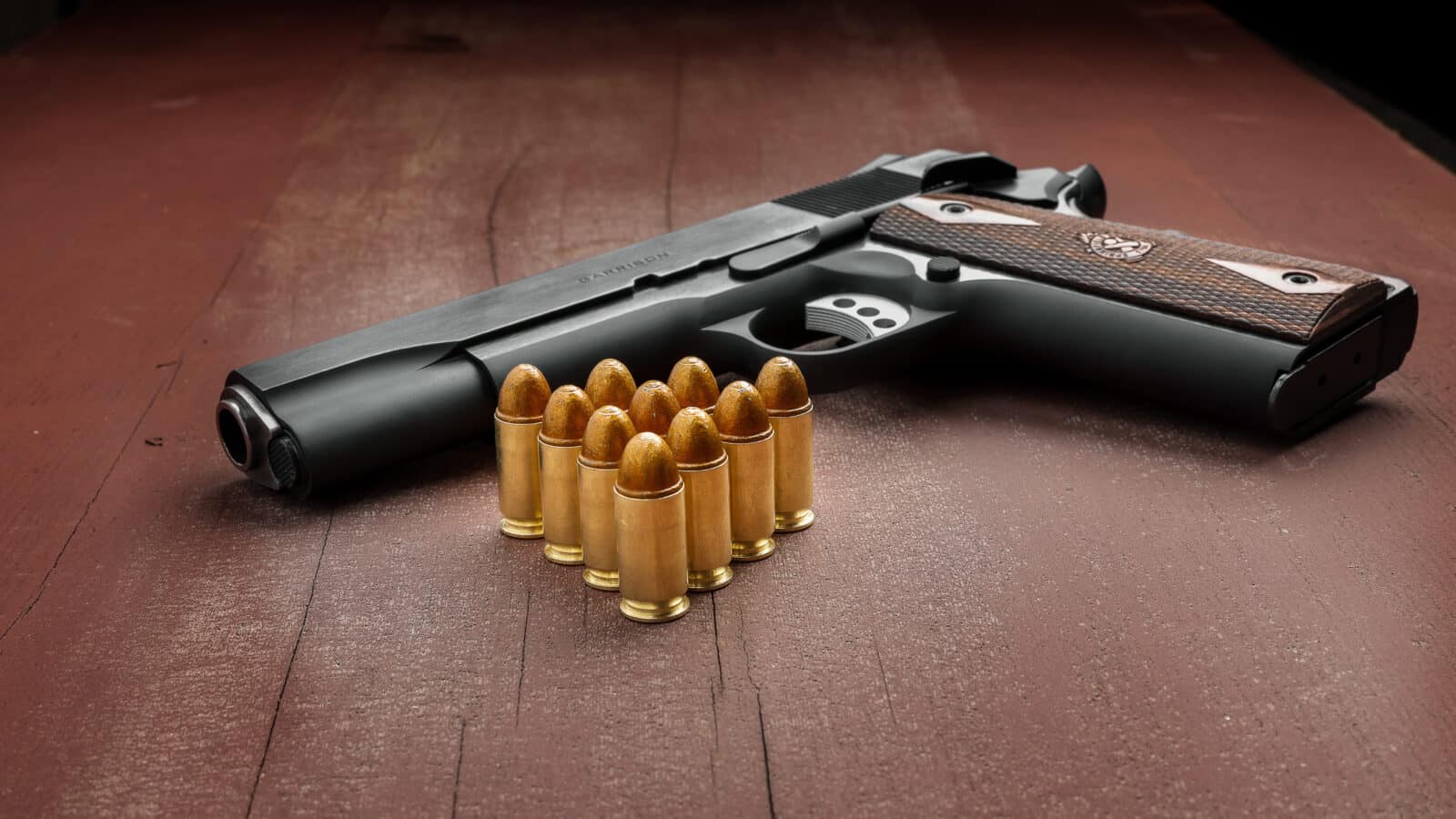
As a little background, Lauck received the 2012 “Pistolsmith of the Year” award from the American Pistolsmith’s Guild. He’s renowned for his custom work on rifles, 1911 pistols and revolvers. His offering is the result of decades of experience with the cartridge combined with his study of ballistics and martial history.
The .45 ACP has always enjoyed a strong reputation for its large caliber and heavy bullet. It managed to cultivate a reputation for performance, even with the round nose “hard ball” that early semi-autos needed to insure reliability.
Improvements, Via Elmer Keith
Bullets were improved by the likes of Elmer Keith in the decades following the U.S. adoption of the 1911 pistol; his semiwadcutter designs excelled at handgun velocities. Keith showed that flat-nosed bullets with sharp, full caliber shoulders were superior to round-nose projectiles for hunting and defensive work. His bullets provided deep straight-line penetration and cut full caliber channels through tissue, where round noses slipped through tissue (think “cookie cutter” instead of “ice pick”). Keith’s bullets shined in revolvers, but weren’t always reliable in autos.
Cooper Weighs In
Jeff Cooper’s experience as a Marine Officer in WWII and Korea made him a believer in large-caliber handguns for close combat. Cooper acknowledged the effectiveness of Keith’s bullets, but carried hardball for reliable function in 1911’s.
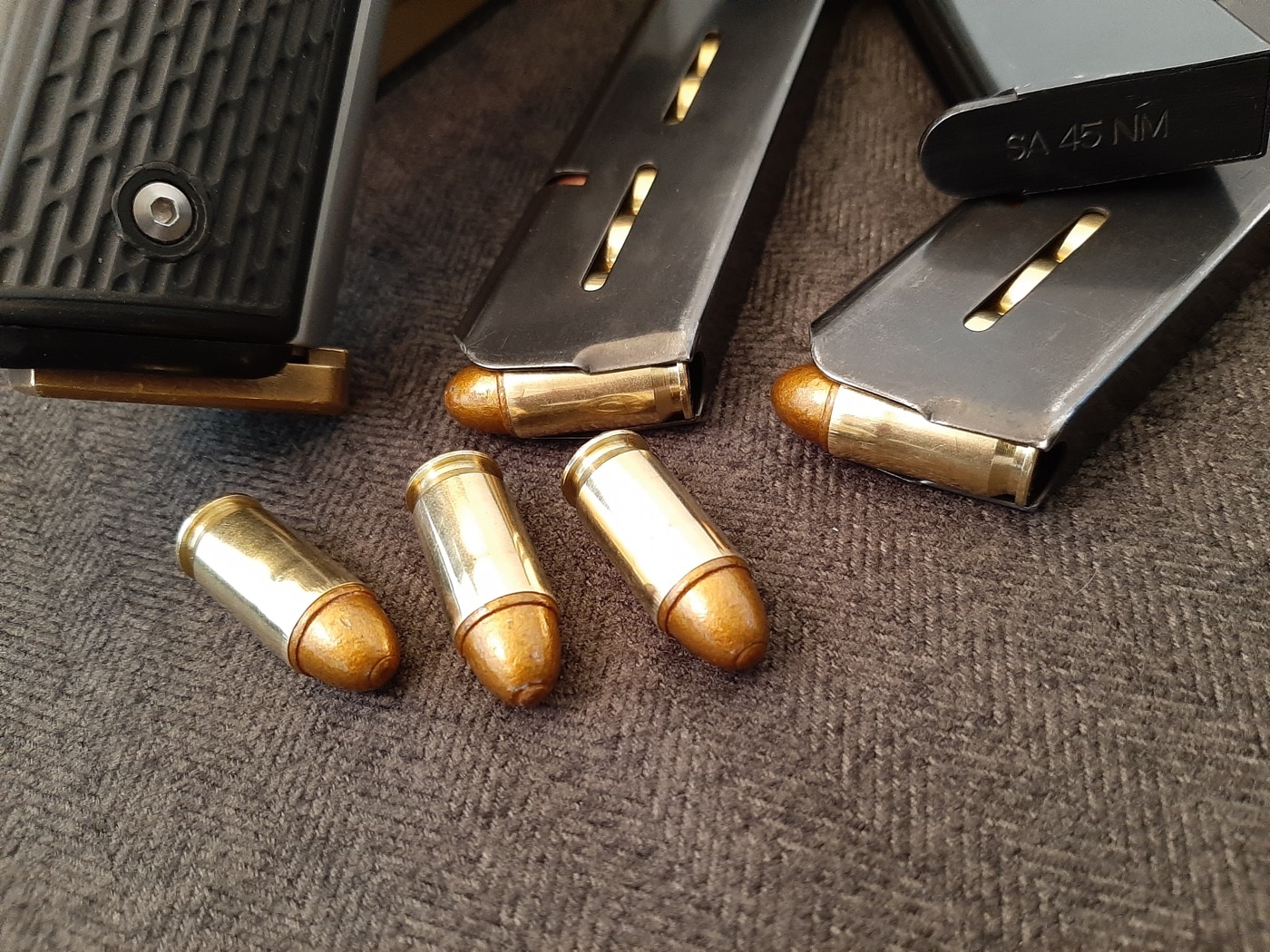
He experimented with truncated cone flat points that were rounded and radiused to improve feeding. The flat nose, combined with a lack of cannelure, sometimes caused bullets to set back into the case during feeding. This negatively affected feeding reliability and outweighed the terminal improvements the truncated cone provided over round-nosed bullets.
Cooper and Lauck discussed improving bullets for the .45 service pistol while on a 1997 hunting trip. The tendency of 230-gr. FMJ ball to over penetrate was acknowledged, as was the lack of consistent expansion from JHP and JSP bullets at .45 ACP velocities.
Neither felt that increasing velocity was the answer. The rise in pressure and recoil disrupted the solid balance of speed, power and accuracy that the .45 ACP achieved. They agreed that a 200-grain bullet with a full caliber cutting shoulder like the H&G68 SWC travelling at 850 to 900 fps would be a logical, reasonable solution.
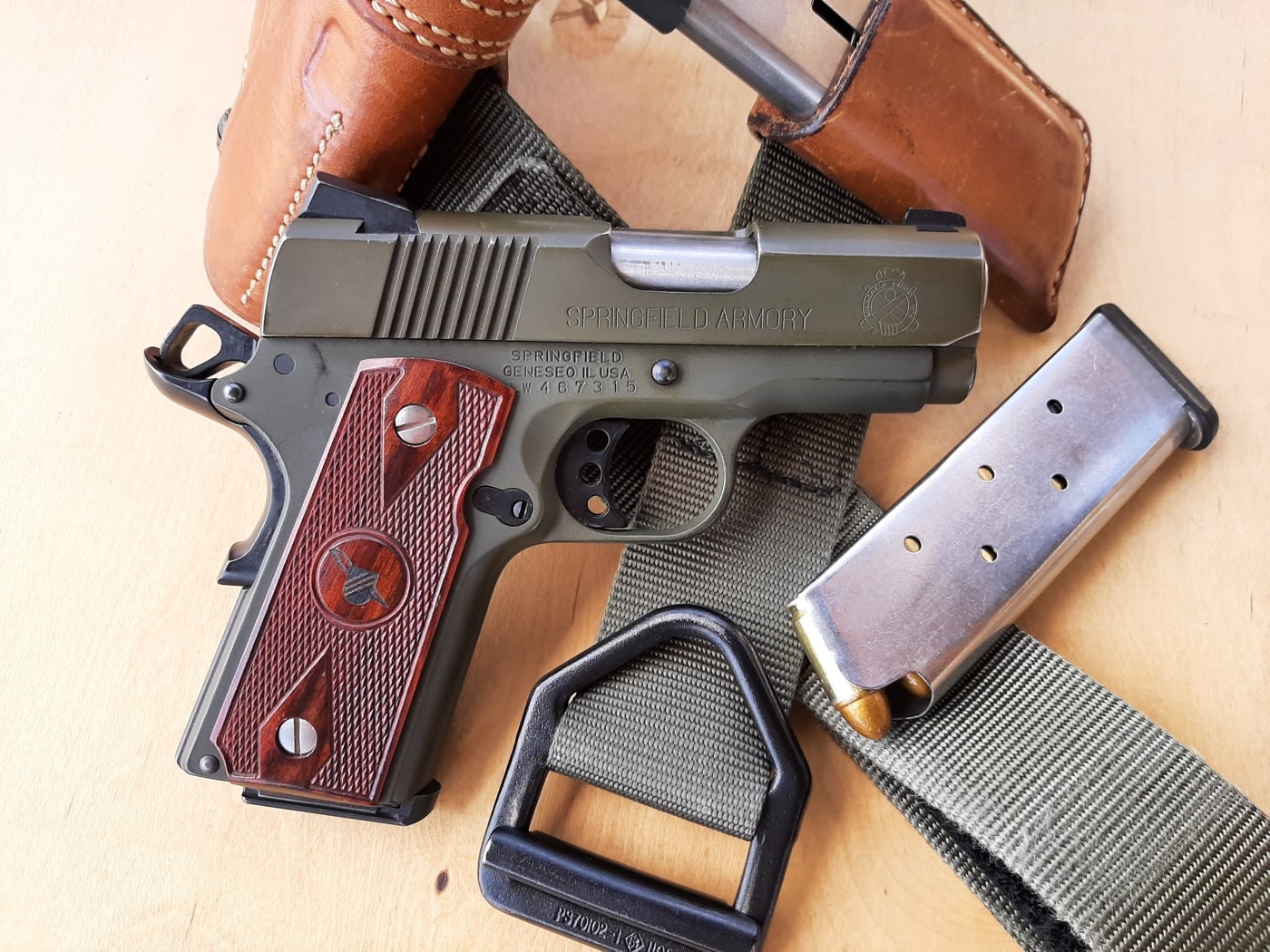
This provided superior performance for hunting and dispatching wounded game and was popular in competition for the clean holes it cut in paper targets. However, the flat point on the long, lightweight SWC bullet gave feeding issues in many guns that made long-term reliability for a carry round questionable.
A Nod to Browning
It’s interesting that both Cooper and Lauck favored a 200-gr. projectile — the weight John Browning chose when he invented the cartridge. It was only changed at the request of the Army Ordnance Board.
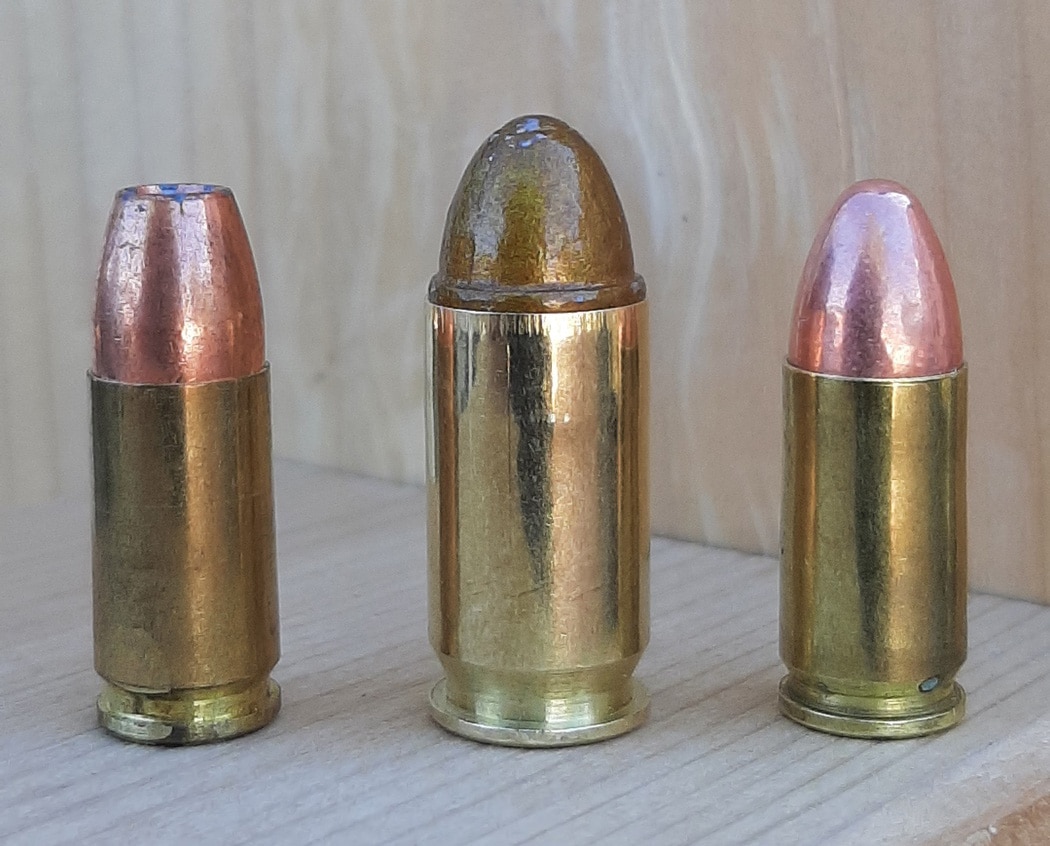
Lauck decided to create a bullet of that weight with a full caliber shoulder that would feed reliably in the 1911 pistol. He designed a narrowed round nose to work with the 1911’s feed ramp that proved superior to previous bullet shapes. It maintained the full .452 diameter shoulder of a Keith or H&G68, but sacrificed the flat nose for ultimate reliability.
Lauck ran over 100,000 of his bullets through a single pistol during testing in 2017-2018 with ZERO stoppages. The ballistic coefficient was also improved over hardball; Lauck found that the load would shoot to the sights from 0-50 yards.
Bullet and Load Details
Lauck used a cast bullet from a mold he designed, alloyed to a Brinell hardness of 17. That hardness level was selected because it allowed the bullet base to obturate and seal the bore properly with .45 ACP pressure.
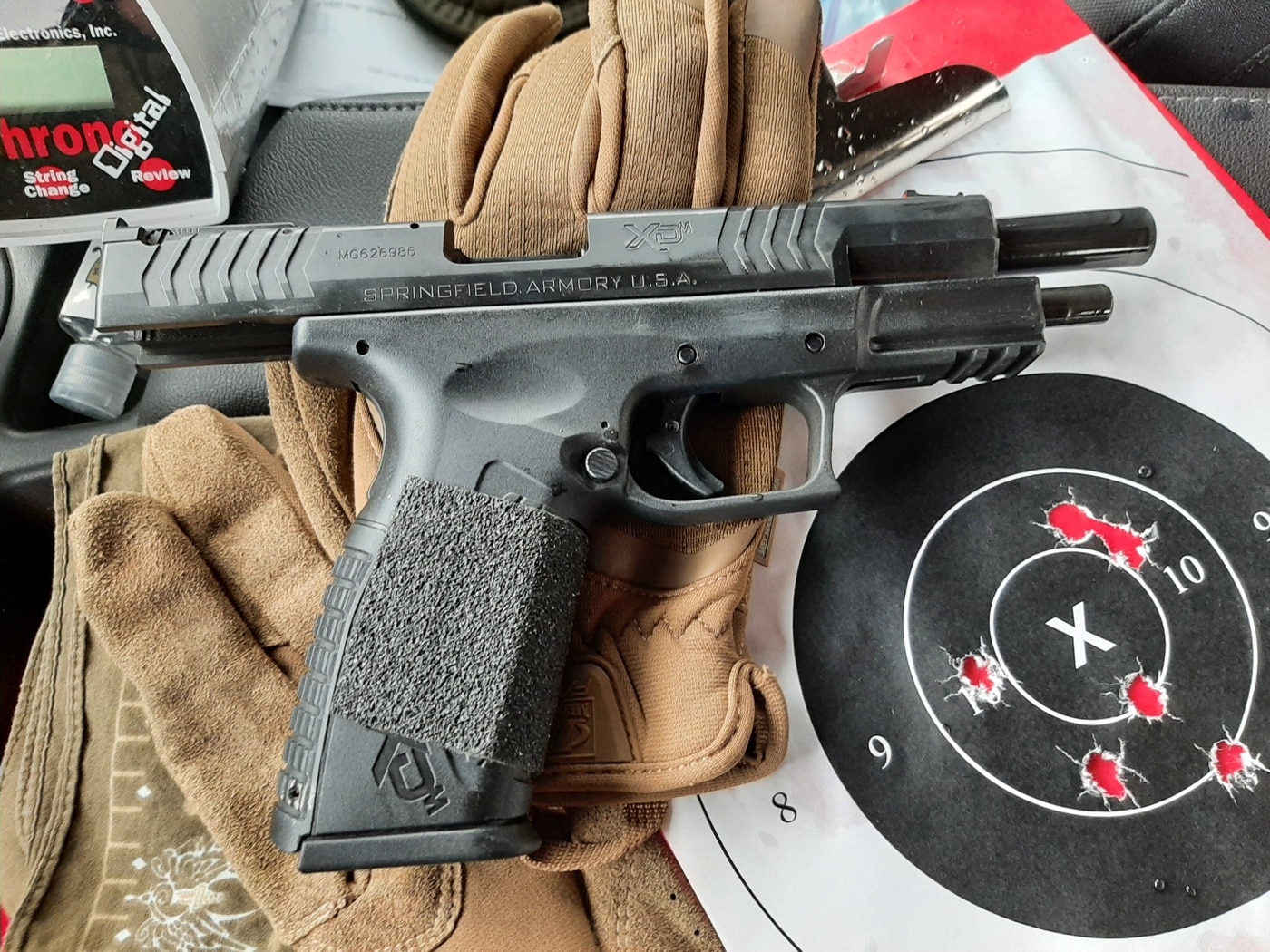
The bullet was coated with Hi-Tek Supercoat (a bake-on polymer coating developed in Australia) that combined with the bullet hardness to minimize barrel leading. The slippery coating eases cleaning and greatly lessens lead exposure.
It’s meant as an all-purpose load, with no need to swap practice ammo for service/duty ammunition. This eliminates differing recoil levels and point of impact shifts between practice and carry ammo.
The load operates at “standard” pressure (16,515 PSI), it doesn’t require +P velocities to be effective like many JHP’s do. A 200-gr. cast bullet at 875 fps is controllable for most shooters from almost any .45 pistol. It’s easy on the gun, and the barrel should be able to withstand thousands upon thousands of cast bullets. It typically penetrates 22” in bare ballistic gelatin, 19” with four layers of denim in front of the gel block.
Lauck partnered with Mitch Thomas from the Colorado West Firearms Institute to produce the ammunition. The sample ammo provided was clean and flawless in appearance. The bullets were loaded in new Starline cases, the Hi-Tek coating had a golden hue and showed no bare or shallow spots. Primers were properly and uniformly seated. The price is very reasonable, consistent with the cost of factory 230-gr. FMJ from the big online retailers. As loaded, the D&L GSP load makes USPSA major power factor.
Live Fire
I fired offhand groups at 15 yards and found the ammo to be exceptionally accurate for that format — pleasant and controllable as promised. My chronograph spoke volumes about Thomas’ attention to detail in loading. Velocities were higher than advertised, and extreme spreads were consistently low. The load produced single-digit standard deviations from every gun it was fired through.
| Handgun | Barrel Length | Avg. Velocity | Extreme Spread | Standard Deviation |
| S/A XD-M | 5.25 inch | 932 FPS | 9 | 3 |
| Govt Size 1911 | 5 inch | 903 FPS | 11 | 4 |
| S/A Lt. Wt. 1911 | 4 inch | 878 FPS | 24 | 8 |
| S/A Micro Comp | 3 inch | 811 FPS | 20 | 6 |
Shooting the XD-M from 25 and 50 yards confirmed Lauck’s claim that holdover wasn’t required at those ranges. The load produced significantly less smoke than other uncoated cast loads I fired the same day. Feeding was 100% through all guns tested.
The .45, Moving Forward
For many, the .45 ACP has taken a back seat to the 9mm Parabellum cartridge. The smaller round is experiencing a surge in popularity greater than at any time in its history. Its lower recoil and greater magazine capacity have compelled many LE agencies to select (or return to) it.
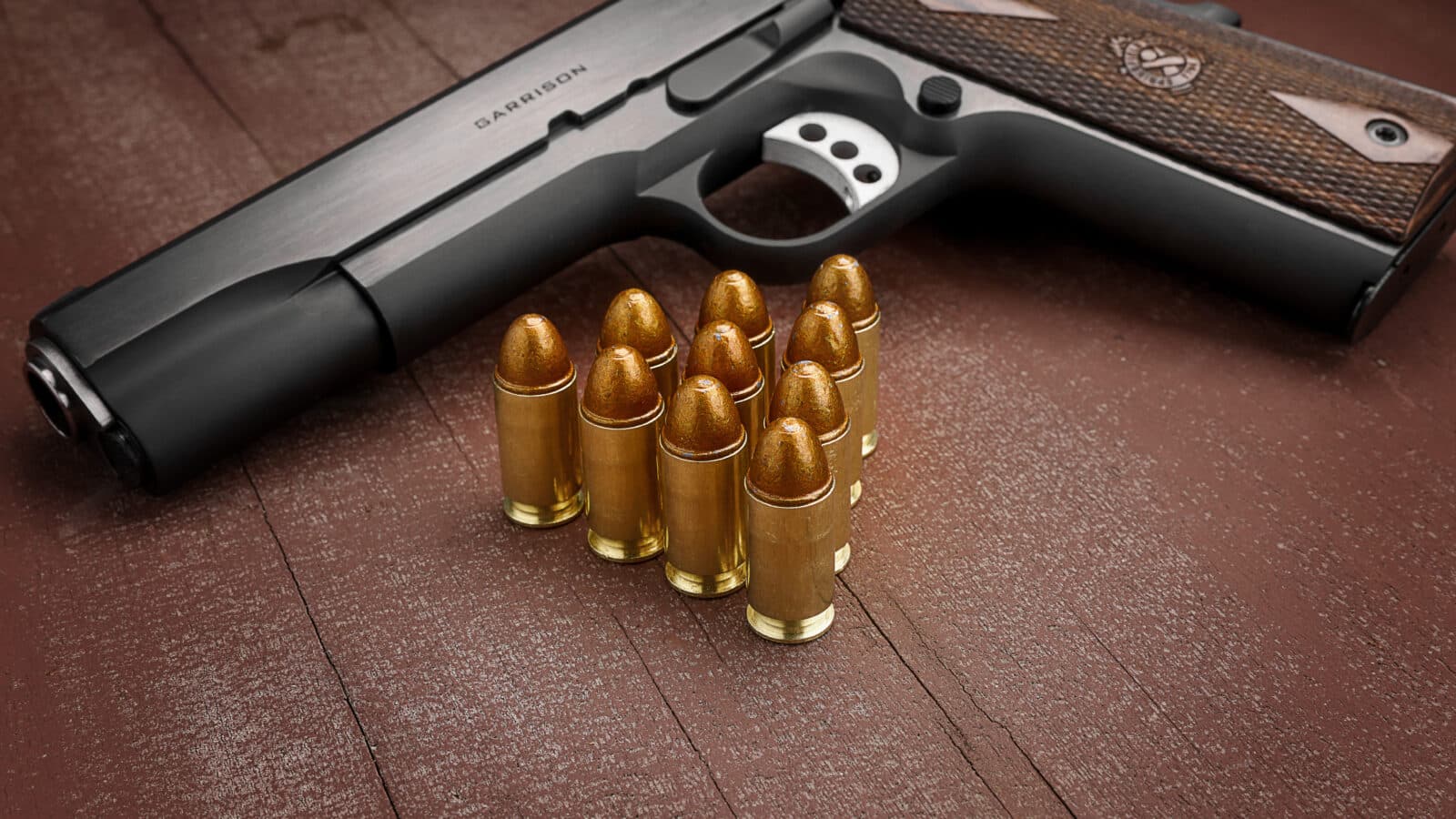
However, with this new .45 ACP loading, the .45 has a new argument to make against the 9mm. With its combination of performance and reliability, it might just be the ultimate EDC solution for defensive ammo.
Editor’s Note: Please be sure to check out The Armory Life Forum, where you can comment about our daily articles, as well as just talk guns and gear. Click the “Go To Forum Thread” link below to jump in and discuss this article and much more!
Join the Discussion
Featured in this article
Continue Reading
Did you enjoy this article?

 1012
1012





